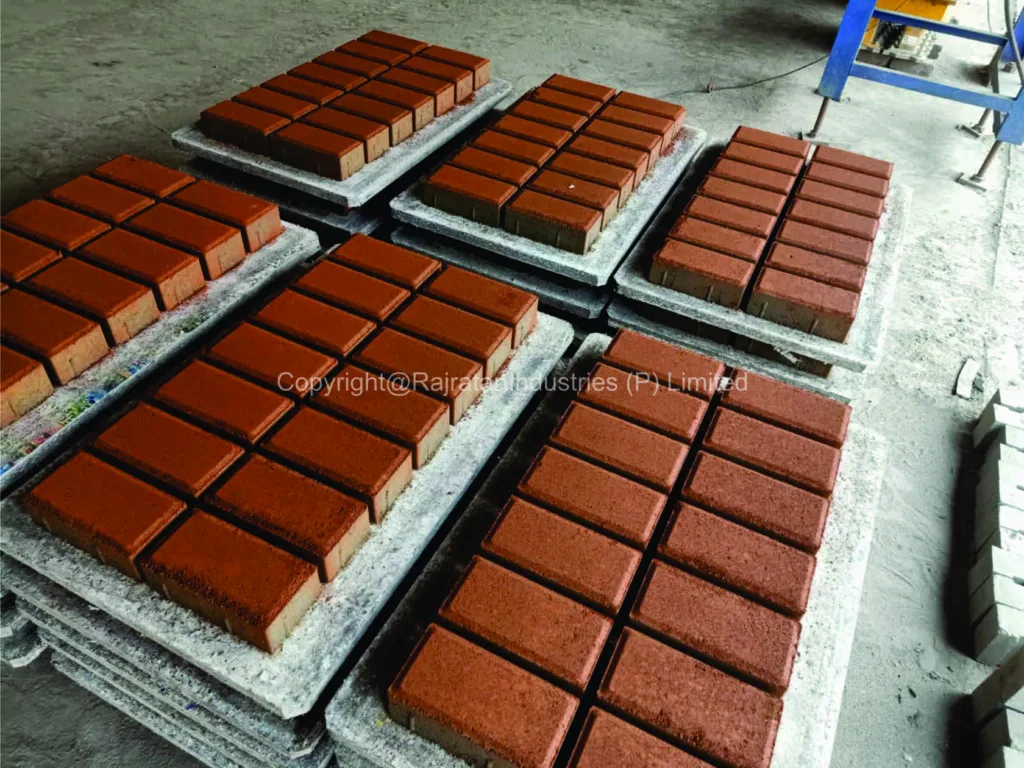
In an era where sustainable development is a top priority, the construction industry is embracing eco-friendly solutions like fly ash bricks. Fly ash bricks are not only a greener alternative to traditional clay bricks but also have a significant economic impact, driving sustainable growth and innovation. Rajratan Industries, a trusted manufacturer and supplier of PAC Pallets for brick, block, and paver manufacturing, is at the forefront of supporting this green building revolution.
The Economic Benefits of Fly Ash Bricks
Cost-Effective Production
Fly ash bricks are made from industrial by-products such as fly ash, lime, and gypsum, which are readily available at a lower cost compared to traditional brick materials. This reduces production expenses while ensuring high-quality output.Increased Energy Efficiency
These bricks offer better thermal insulation, leading to energy savings in buildings. Reduced heating and cooling costs translate into long-term economic benefits for homeowners and developers alike.Job Creation and Industrial Growth
The rise of fly ash brick manufacturing has created numerous employment opportunities, especially in rural and semi-urban areas. Moreover, the demand for complementary products, such as PAC Pallets, further boosts allied industries.Reduced Dependency on Natural Resources
By using fly ash, an industrial by-product, these bricks minimize the depletion of natural clay resources. This not only protects agricultural lands but also reduces environmental degradation, paving the way for a more sustainable economy.Government Incentives
Governments worldwide are promoting fly ash brick production through subsidies and tax benefits, encouraging manufacturers and builders to adopt eco-friendly practices.
Rajratan Industries: Supporting the Green Movement
As a leading supplier of PAC Pallets for brick, block, and paver manufacturing, Rajratan Industries plays a crucial role in streamlining the production process. PAC Pallets ensure durability, precision, and efficiency, helping manufacturers meet the rising demand for fly ash bricks without compromising quality.
Need PAC Pallet Samples for Your Fly Ash Brick Plant
Want a free sample of PAC Pallet? Call Rajratan Industries at +91 9685927927, Monday to Saturday, 10 AM to 6 PM!
